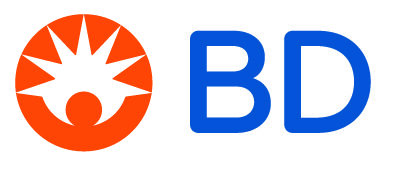
What is EndoAVF?
When you have end-stage kidney disease (ESKD), your kidneys can no longer keep up with your body’s need to remove extra waste and water.
In fact, once your kidneys only have 10-15% of normal function, dialysis treatments or a kidney transplant are necessary to sustain life.1
When it comes to creating access to your bloodstream to administer hemodialysis, there are several access options. Your access options may vary greatly depending on your condition.
Keep in mind, risks with all ESKD access options should be discussed with your physician.
Arteriovenous Fistula (AVF)
AV fistulas can be created in your wrist, forearm, inner elbow or upper arm. Your AVF can be created either with an open surgery (surgical AVF) or with a minimally invasive procedure (endoAVF). WavelinQ™ EndoAVFs are created in the upper forearm. While maturation varies, some AV fistulas are able to function for many years.
Patients who may benefit from an EndoAVF are patients with chronic kidney disease who need hemodialysis. In addition, a patient must meet certain anatomical characteristics that support the use of the WavelinQ™ EndoAVF System procedure. Patients should consult their physician to determine if they are a candidate for an EndoAVF procedure.
Two thin devices create a connection between your vein and artery without the need for open surgery. The devices are removed from the body once the connection is created.
Procedural Overview
WavelinQ™ EndoAVF vs. Surgical AVF
WavelinQ™ EndoAVF
Two thin devices create a connection between your vein and artery without the need for open surgery. The devices are removed from the body once the connection is created.
Surgical AVF
A surgeon dissects one of your veins with a scalpel and sews it to one of your arteries during an open surgery.
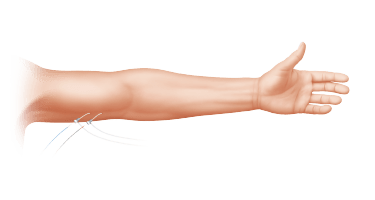
STEP 1
The doctor inserts two thin devices into the artery and the vein through small needle punctures.
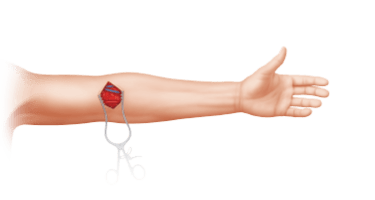
STEP 1
A surgical cut is made with a scalpel.
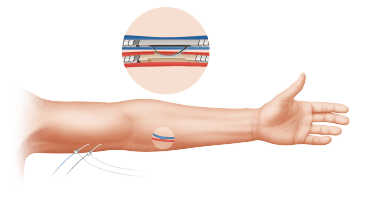
Step 2
Magnets align the devices and a connection is made between the vein and artery in the forearm. The doctor then removes the devices.
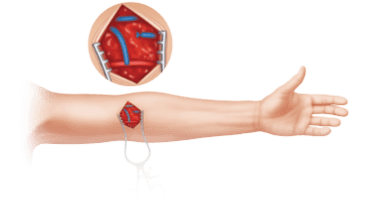
Step 2
A vein is dissected, moved, and sewn into an artery.
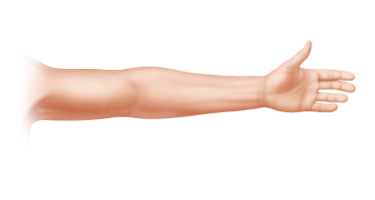
STEP 3
The arm heals without stitches with little to no scarring.
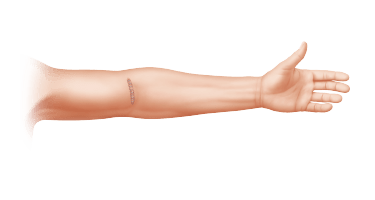
STEP 3
The surgical wound is stitched closed and heals over the next few weeks.
Post-Procedure Steps
WavelinQ™ EndoAVF
- The small needle punctures heal quickly with minimal need for wound care.
- Additional procedures may be needed to prepare the EndoAVF for hemodialysis.
- Follow-up visits will be required over the next few weeks to determine when the AVF is ready for hemodialysis.
Surgical AVF
- The small needle punctures heal quickly with minimal need for wound care. Your healthcare provider will give you detailed instructions on how to care for your surgical wound.
- Literature suggests that it is common that two or more procedures are required to make surgical AVFs ready for and to maintain hemodialysis access.
- Follow-up visits will be required over the next few weeks to determine when the AVF is ready for hemodialysis.
Patient benefits
EndoAVF provides a non-surgical AV fistula creation option, offering potential benefits compared to surgical AV fistula creation.
Avoid scars
Avoids surgical scar and minimizes arm disfigurement associated with open surgery
Under regional anesthesia
Can be created with local or regional anesthesia
Potential adverse events associated with the WavelinQTM EndoAVF system
The known potential risks related to the WavelinQ™ EndoAVF System and procedure, a standard AVF, and endovascular procedures may include, but are not limited to: aborted or longer procedure; additional procedures; bleeding, hematoma, or hemorrhage; bruising; burns; death; electrocution; embolism; failure to mature; fever; increased risk of congestive heart failure; infection; numbness, tingling, and/or coolness; occlusion/stenosis; problem due to sedation or anesthesia; pseudoaneurysm; aneurysm; sepsis; steal syndrome or ischemia; swelling, irritation, or pain; thrombosis; toxic or allergic reaction; venous hypertension (arm swelling); vessel, nerve, or AVF damage or rupture; wound problem.
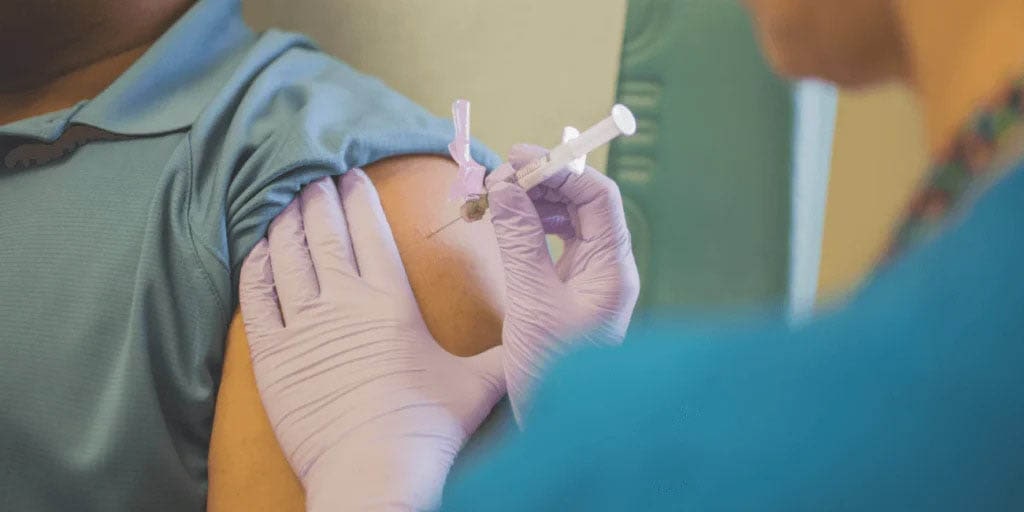
VISUALLY EXPLAINED
Avoids scars and minimizes arm disfigurement associated with open surgery
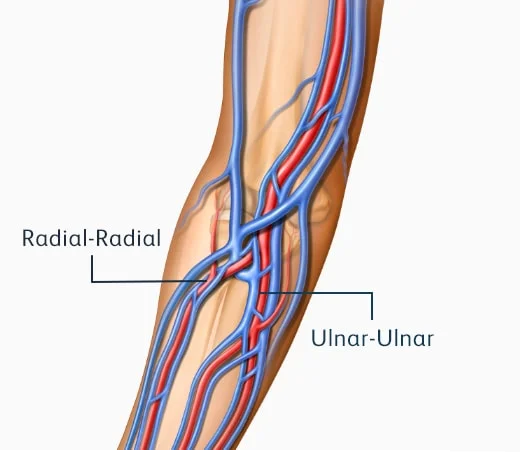
Illustration 1
EndoAVF Creation Site
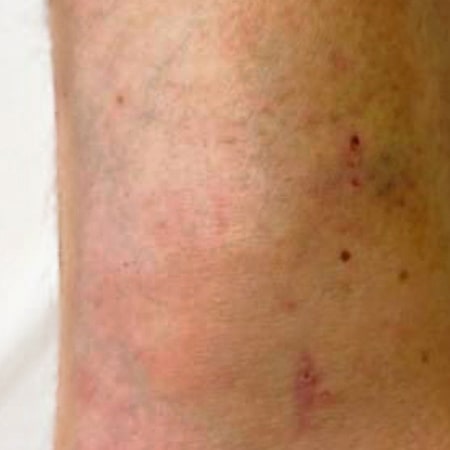
Illustration 2
At first cannulation
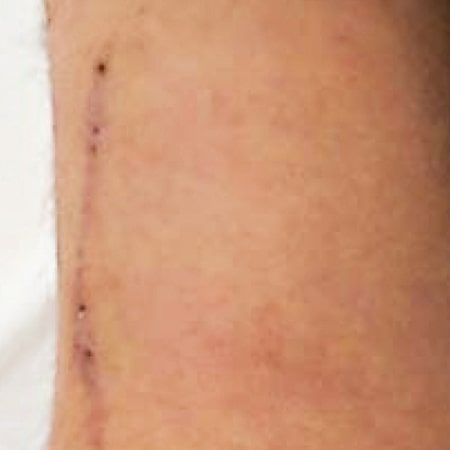
Illustration 3
At ~1 Year Post Op
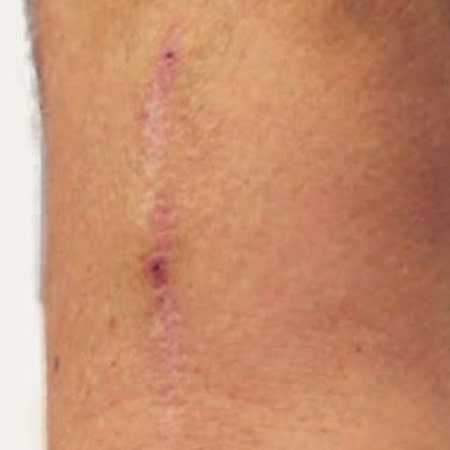
Illustration 4
At ~2.5 Year Post Op
Individual patient outcomes can and do vary based on the condition of the patient, severity of disease, extent of surgery, and response to treatment.
Patient Resources
Sign up for more information
REFERENCES
